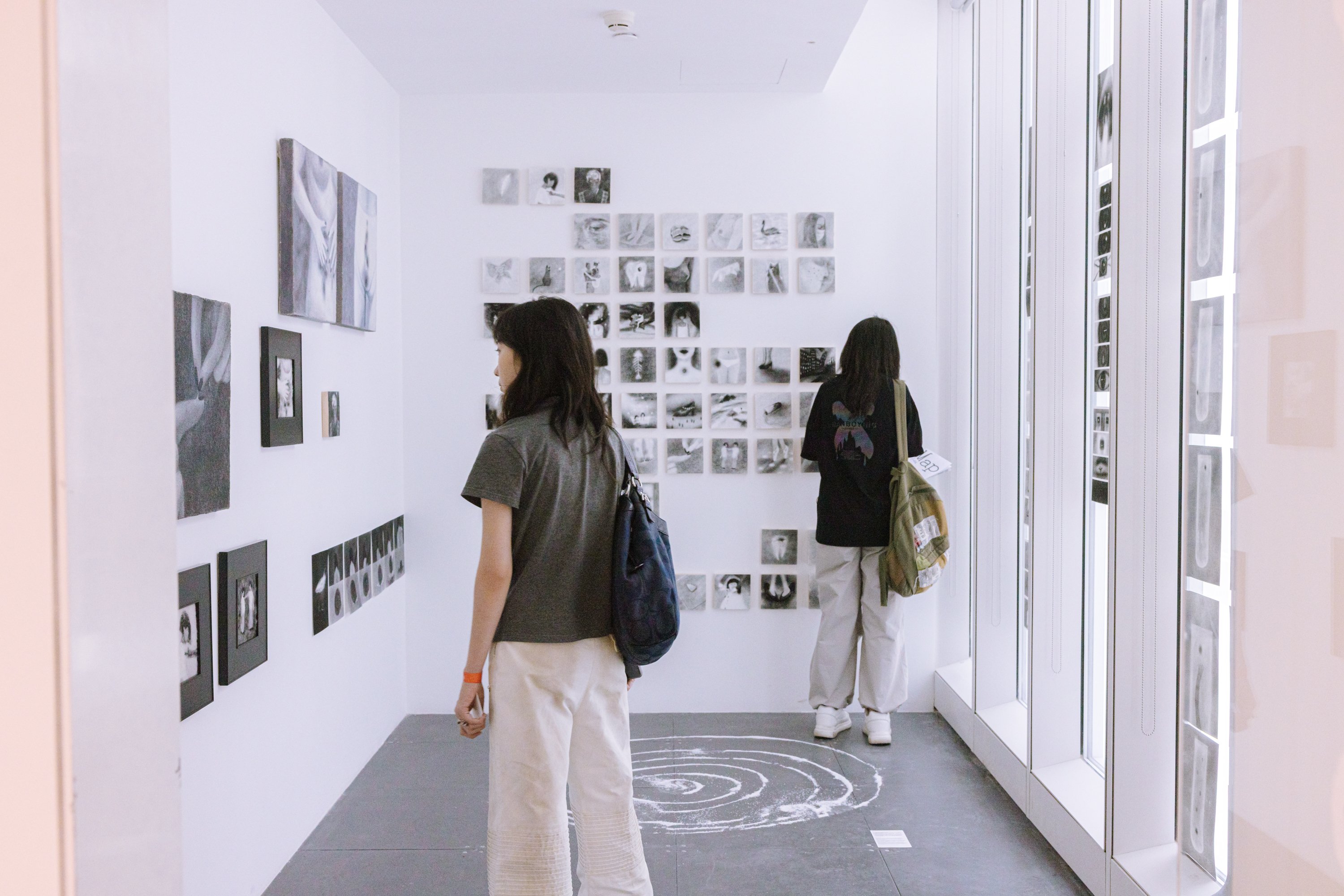China’s Digital Renaissance is a series exploring new currents in Chinese contemporary art, created in partnership with East West Bank. This article centers on Zhang Huan, known for his subversive performance art and surreal approach to painting.
Zhang Huan is one of China’s most renowned modern artists. Working across surreal forms of painting, visceral, body-based performance art, and now in the digital world of NFTs and beyond, his work has always gone right up to “the line,” and then past it.
Zhang was born in Henan province under the name Dong Ming, a tribute to Mao Zedong. He shirked off both the name and the status quo of his hometown when he went to study at the China Central Academy of Fine Arts in Beijing, where he changed his name to Zhang Huan.

In Beijing, Zhang became a leading figure in the Beijing East Village art community, a small movement which saw Zhang and friends from art school engaging in subversive performance art on the margins of the city.
Many of his early works — such as 12 Square Meters, in which he covered himself in honey and fish oil before meditating in an outhouse that was swarming with flies — shocked local officials, and set a tone for Zhang’s anti-conformist works.
Other works drew on similar themes. In My New York, he wore a giant suit made of meat as he paraded solemnly through Manhattan. The performance was inspired by Tibetan ‘sky burials,’ a traditional practice in which corpses are laid out on mountaintops to provide food for scavenging birds.
That interest in the spiritual domain culminated in Zhang’s 2006 return to China and conversion to Buddhism. His sculptural works, in particular, are laden with Buddhist themes.
Today, Zhang Huan shows no signs of slowing down, preferring instead to continue redefining himself at lightning speeds. His first NFT project Celestial Burial of an Artist used his iconic My New York as a jumping off point, adding in an element of gamification in which participants around the world had a hand in determining the piece’s final form.
“Technology entirely depends on how you use it. If you use it well, it pushes people in the right direction; if you don’t, then it hampers us,” he told RADII.
Ultimately, Zhang Huan’s art is a formless one, an approach to expression that makes use of whatever vessel can best contain his message.
Cover image via Rong Rong
















